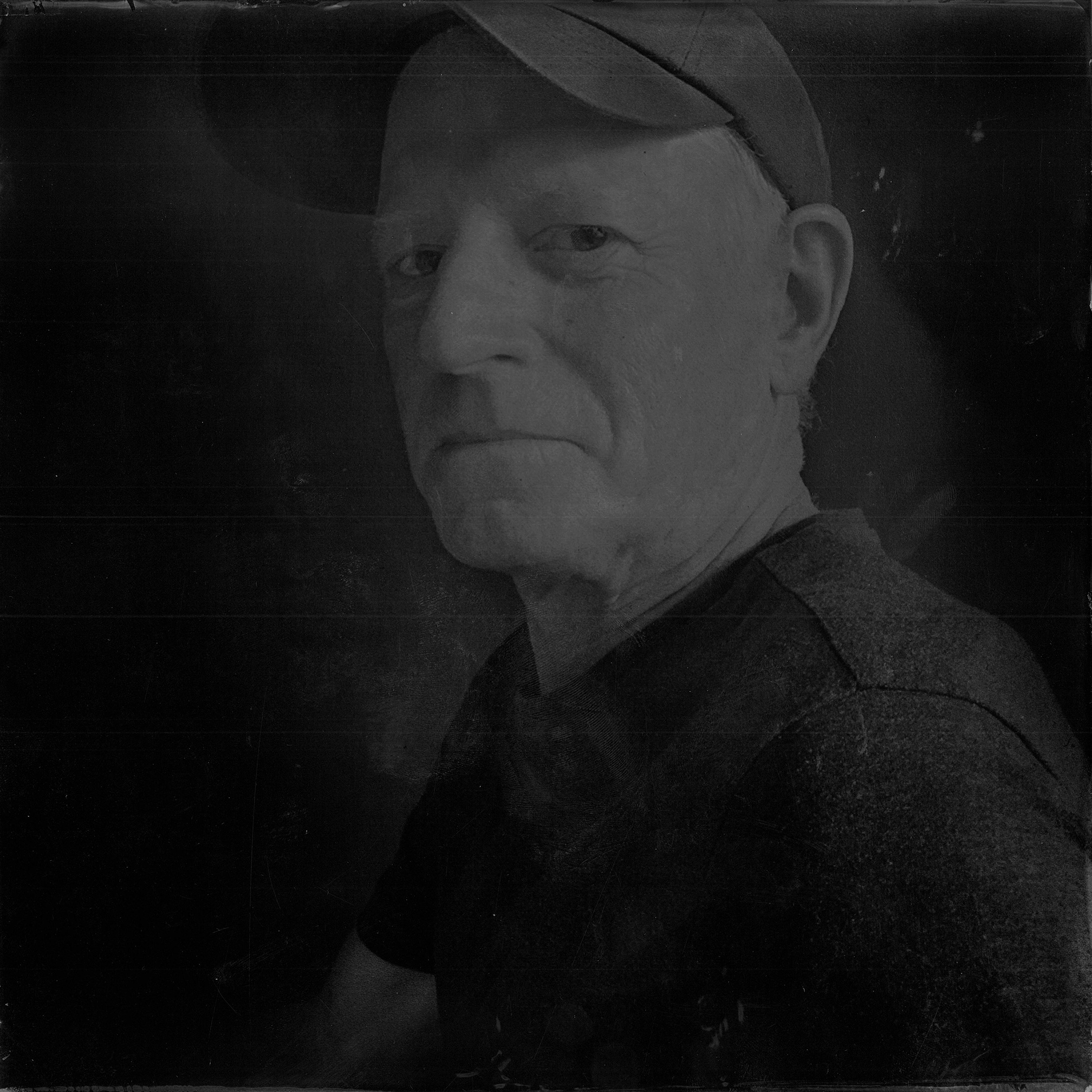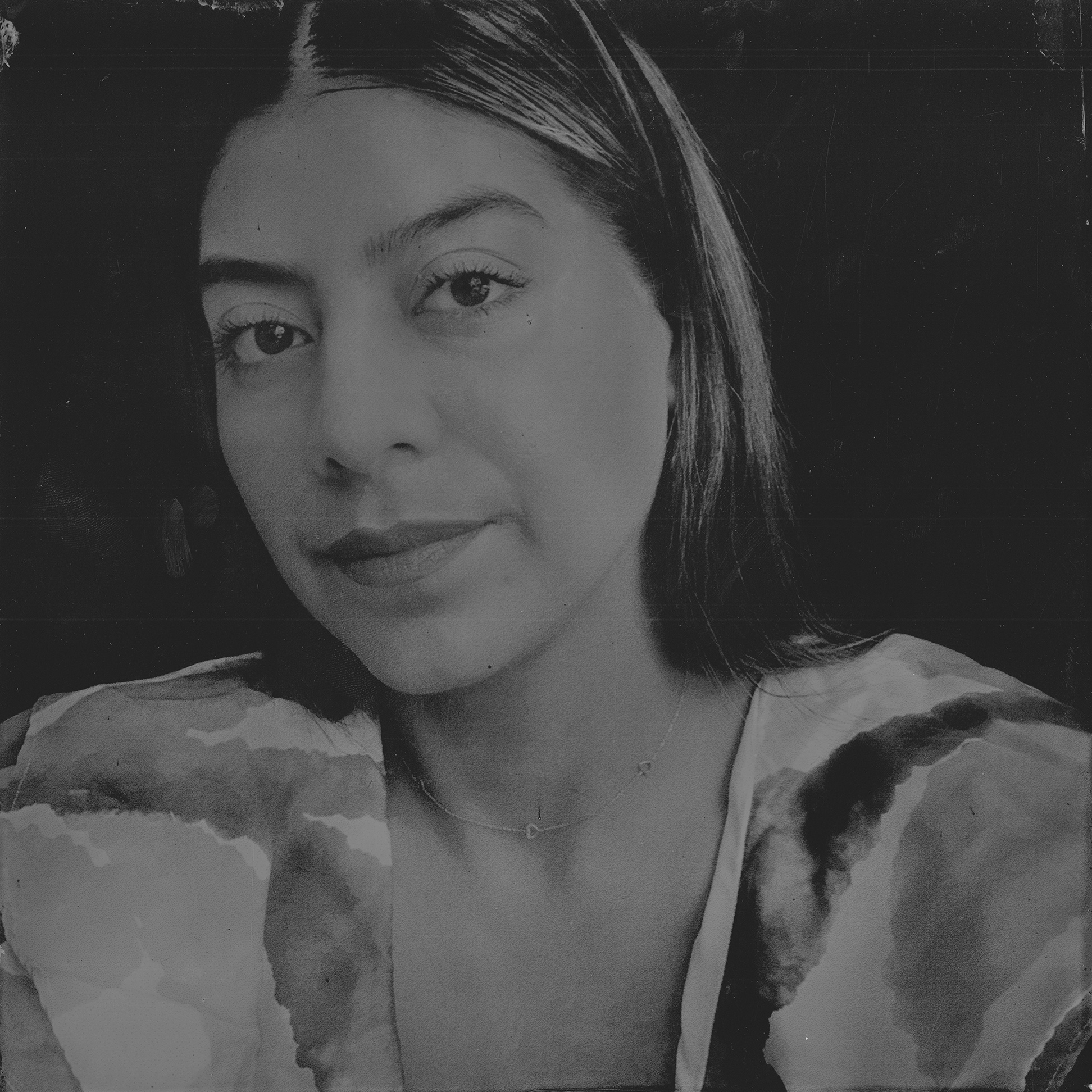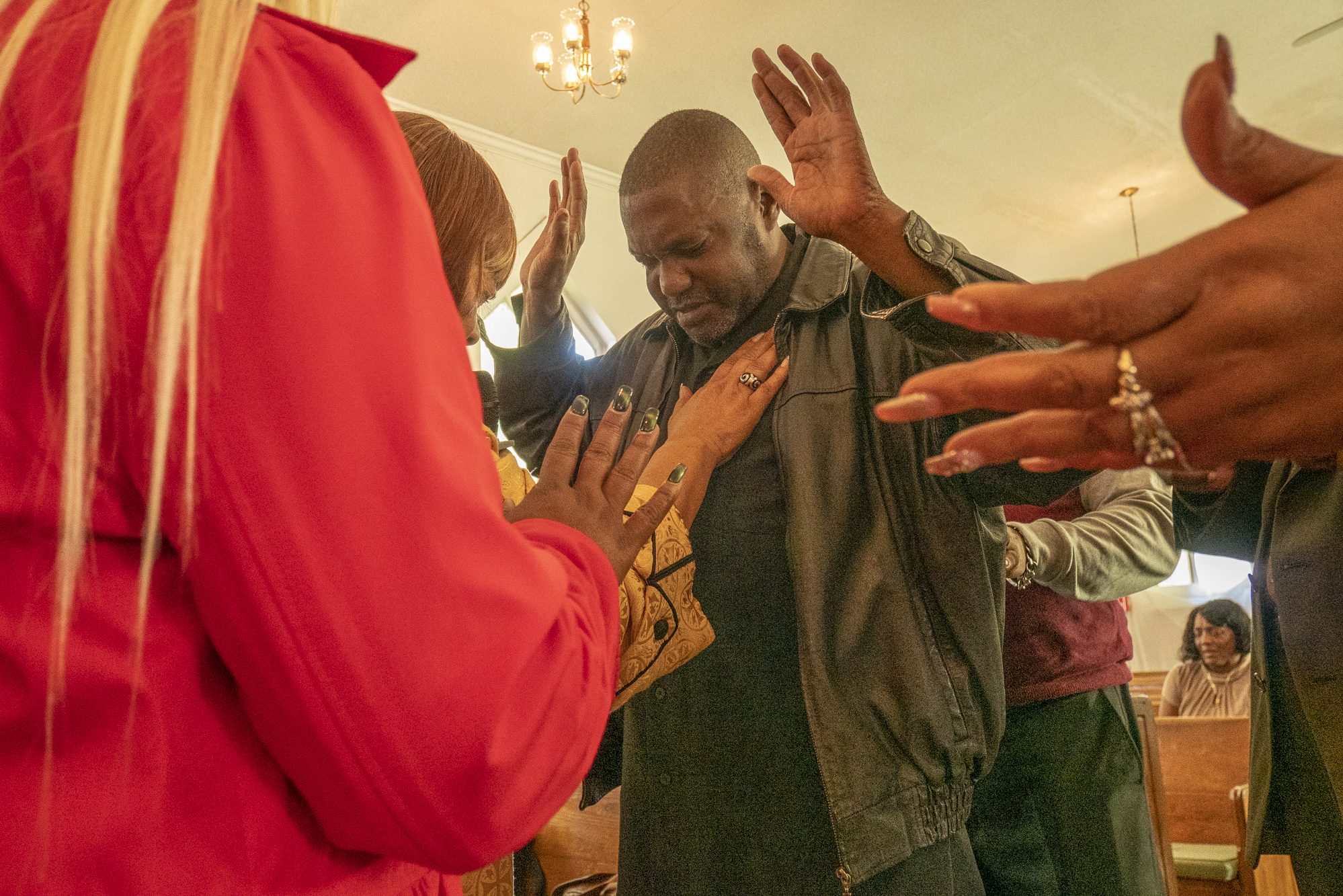The last time I interviewed Mexico City-based photographer Keith Dannemiller for this column, he was confined to a few blocks in his neighborhood due to COVID-19 restrictions. His U.S. exhibition as part of an artist-in-residency project (Eyes on Main Street) in Wilson, North Carolina originally planned for spring 2021 had been postponed.
Despite the pandemic disruption, Dannemiller made the most of a difficult period: “I have become more contemplative about what I photograph and why I photograph,” he told me at the time. “I wanted to look at what happens when I have time to think about it,” he said.
“I wasn’t blocked artistically. The pandemic gave me the opportunity to come up for air. It allowed me to stop and think about some questions. I asked myself, what are the emotions that make me walk, and look and really examine my process of seeing and photographing.”
After more than a year of pandemic pause, however, Dannemiller is happy to be traveling again. He recently returned to the U.S. and Wilson, his exhibition “Homesweet, Homeland” finally opening on March 17 at Barton College there – and he was thrilled to attend in person to help install his work, a years-long contemplative documentary and portrait project that examines his own return to the southern United States after 35 years living in Mexico, and explores exodus, displacement and notions of home.

Born in Akron, Ohio, Dannemiller graduated from Vanderbilt University in Nashville, Tennessee with a degree in chemistry and mathematics. He studied photography in San Francisco while working as a research assistant in biochemistry. In 1976, he published his first photographs in the San Francisco Chronicle.
From there, Dannemiller went to Texas where he launched his career as a photojournalist. He took numerous assignments in Mexico and decided to move there permanently in 1987. He also took assignments in the Middle East in 1988 and 1989 to cover the Palestinian Intifada.
In 2017, Dannemiller was accepted for an Eyes on Main Street residency. He made subsequent trips to North Carolina to make images for “Homesweet, Homeland,” an exhibition of color photographs and a series of what he calls “faux tintype portraits” paired with interviews with his subjects. The tintypes are created in partnership with his friend, Maestro Arturo Fuentes in Mexico. Dannemiller makes the positive image with his iPhone, then sends the files to Maestro Fuentes who creates internegatives that are then enlarged and exposed onto emulsion-treated tin and developed.

“I now find myself living back in this same house that I grew up in on Walnut and Deans – trying to rediscover what fitting myself into the past, present and future of a town like Wilson NC might mean. This was a proud and bustling small town when I was growing up. The fact that it was already migrating itself in several directions to embrace growth and new commercial districts that were stealing the life of its old downtown had become an issue long before I left it behind for Asheville. My name is (Roscoe) Briggs Sherwood. I was born here in Wilson, NC in 1950. I still call Wilson home. Whether my heart is fully in it I cannot say as yet. The fact that many neighborhoods here, and I think my own was representative, were fairy tale like and full of life for us children born after WWII is unchangeable. Today I can see a resurgence of the happy go lucky sounds of kids in their own backyards and sharing a street court for some hoops. But there’s a huge difference from what we knew in the 1950’s and 60’s. We were living in Jim Crow times. I remember well, the very strict divide that existed for the black community, apart from the white community. Their experience was something viewed through a lens that was quite different from my own. This divide was, I mean, we just rarely crossed it. Throughout the 1950’s and 60’s black kids were not allowed to go to the recreation park that my friends and I from our side of the divide enjoyed on a daily basis.The reality was that the white community continued to be insulated from the gross inequalities of the times while the black community no doubt struggled just to get by or to pursue hopes of a better way of life. I have been happily surprised on my return here to discover that a more diverse base of folks have access to better educational opportunities and decent jobs, and are active in institutional and commercial activities. So that’s a very positive change. I am willing to put myself into this same process of reconciliation and the normalization of brotherly love as the guiding principle of our practice of life here in 21st century America.”

“I call home wherever my family is. Wherever my parents are, my sisters, my niece and nephew. Home is Wilson. Home has more of a family sense rather than a place sense. My name is Flor Herrera-Picasso. Mexico is my homeland, because it’s like the roots of who I am, and the US is like the trunk of the tree. I love that I have that connection to Mexico, even though I didn’t grow up there. I wasn’t born there, but so many things that were instilled in me by my parents —— it’s like I come from there. All those things — the food, the culture, the music — all that was in me before I came into existence, and it was just a matter of me choosing to celebrate it, versus battling between identities. Am I Mexican? Am I American? Now it’s a beautiful relationship between the two. I do feel part of the larger Wilson community today. I feel like, maybe you all didn’t recognize me before, but I am strong now. But I just want other brown girls and boys to not have to go through this whole ten year transformation in order to fill that sense of community. Just getting people used to seeing different faces and different ethnicities. I just want Wilson to have a little bit more progress. I want it to have more acceptance and more celebration of our differences, if you will. Because even now the whole idea of tolerance and respect — I want it to go even further than that. I want it to be a celebration of what makes us unique. I think that we are on the cusp of finally moving forward so that everyone has a space, but we are not there yet, by any means. But it’s coming. And that is what I am going to dedicate my work to — to opening up some spaces for everyone to fill, to integrate the Latinx Community to the rest of Wilson. I want us to feel like we are threads in the fabric of Wilson. We will no longer just be at the seams, at the edge of the tapestry. We are centered in the composition of what Wilson is. We are Wilson.”
“Homesweet, Homeland” remains open until April 16, 2022. Dannemiller said the opening was a success and his return to Wilson satisfying. He describes the project as a “double-barreled” approach, from both personal and documentary perspectives.
“The exhibition is a personal journey of rediscovery of America and its essential diversity, in a region burdened by the baggage of tradition, the vestiges of slavery, and the concentration of power in the hands of a few, but with the hope and potential to forge a new, more inclusive community out of the manifold Souths of today.”

However, Dannemiller said he did not set out to “explain the South,” a region he loves and questions all at once. His intention was to let photography guide him towards greater understanding that could be shared with the world.
“I don’t turn to a photograph just for its precision. I want to show something above and beyond. The part of photography that is the image making process is very precise. There is the other side of things that is more ephemeral. What drew me in? What draws viewers in?”

As for the idea of homeland, Dannemiller said he asked himself, “Where is this country for me? All of that went into the mix. Tell me something about my homeland. Home for me is Mexico City. That’s where I have lived for 35 years. I love Mexico City. That’s where my family is. This project takes in family, it takes in place. My friend, the author and poet Sandra Cisneros says, ‘I carry home in my heart.’ Home is a state of being, not necessarily a place. There are 50,000 definitions of home. With so much tumult in the world, refugees, etcetera, notions of home are important for how we relate to each other.”
Dannemiller’s ancestors immigrated from Ireland. “I’m sort of like a walking embodiment of European migration to the United States,” he muses. The reasons for their migration were not the same as mine, but I have migration in my genes.”
What’s next?
“I’m going to rest. And then work on something that will likely be very personal. My sister passed away in January. I might do a little book dedicated to her and the places around her home in Denver, Colorado that she loved.”

KEITH DANNEMILLER
WEBSITE
“Homesweet, Homeland” Exhibition Details
ABOUT THE AUTHOR
Gina Williams is a Portland, Oregon USA based journalist and poet. She covers photography and photographers internationally. Learn more about her and her work at GinaMarieWilliams.com and follow her on Instagram at @gina_williams_writes





Bob Patterson
April 5, 2022 at 16:32
Dynamite article Gina. I’m a huge fan of Keith and his work. I’m glad you are too.